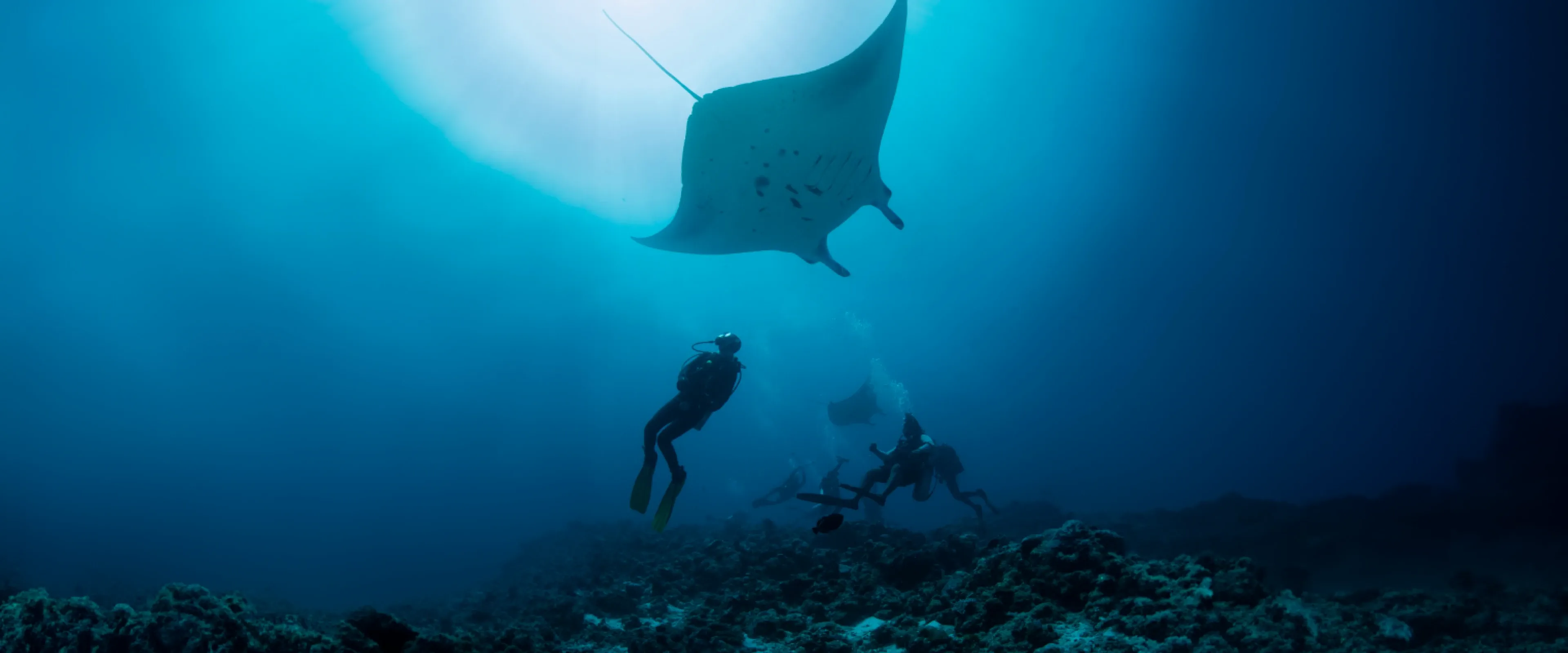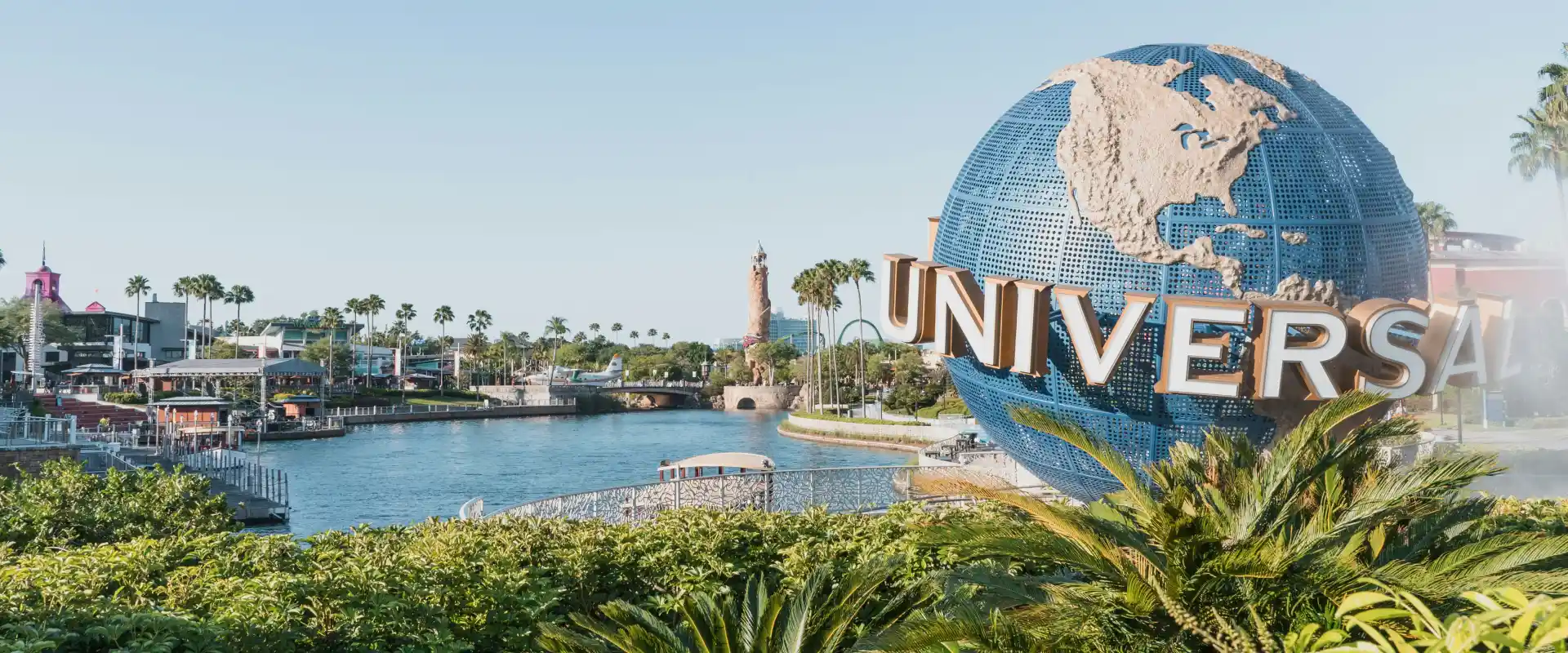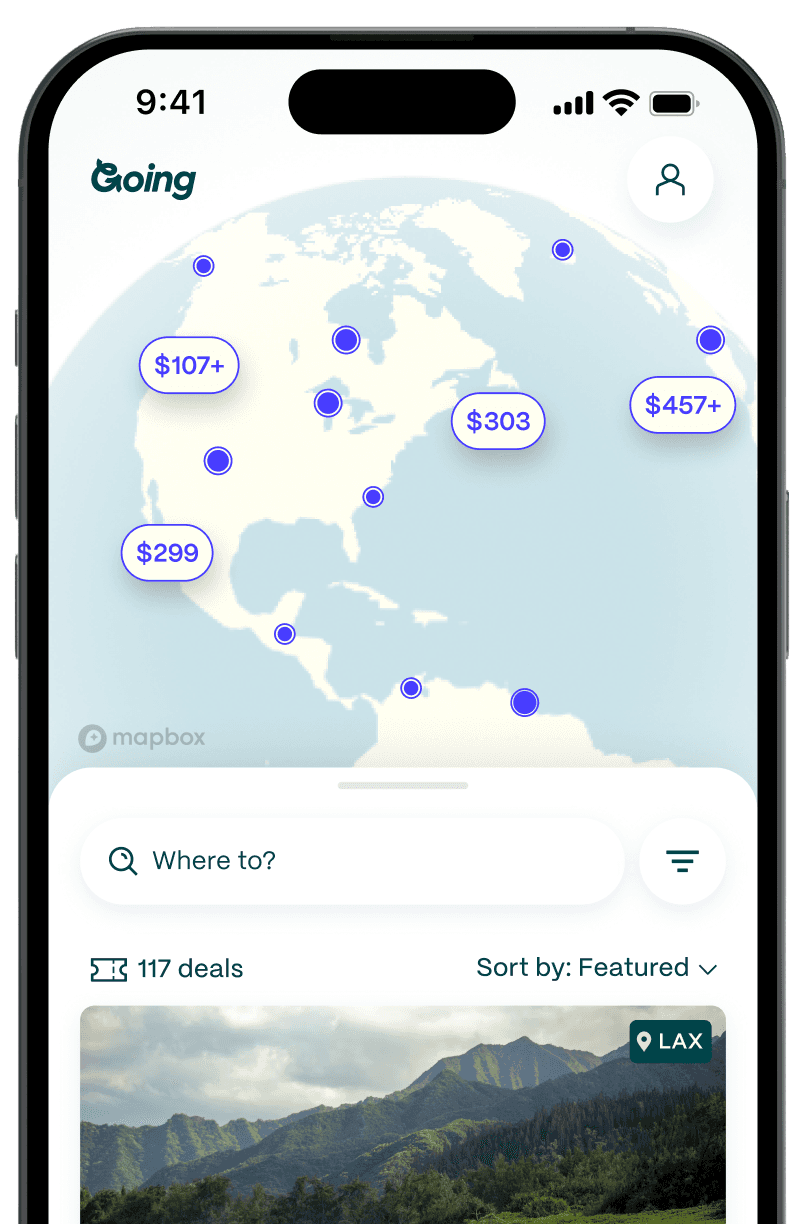
You Can Night Dive With Manta Rays in Hawai'i
There’s something almost dreamlike about scuba diving at night. Or at least that’s what I noticed in the inky darkness of the ocean, which was streaked with beams from flashlights as our group descended. Weighed down enough so we could sit without rocking in the natural current of the water, we gathered with other divers around the “campfire,” a set of big, powerful lights on the sandy ocean floor.
Just as I had found a comfortable seat, I saw it. A manta ray—with a wingspan twice the height of an adult human—hit the beam of light that was speckled with plankton, opened its enormous mouth, and twirled upward, fins spread wide.
For the next 45 minutes, I observed a handful of rays as they swam around the lights in what looked like a choreographed dance. They swooped, flipped, and curled their cephalic horns, coming within inches of us spectators as they gorged on plankton.
Only one thought rolled through my head on a loop throughout the experience: Is this even real?

Local rays
There are two different manta species: giant manta rays and reef manta rays. While giants roam the ocean, reef manta rays make their home closer to shore—in this case, along the Kona coast of the Big Island of Hawai'i.
Dane Knezek, consultant at sustainability-focused Aquatic Life Divers in Kailua-Kona and now owner of Hawaii Island Private Charters in Kawaihae, tells me these mantas have “put Kona on the map from a wildlife-viewing perspective.” It’s something that they’re world-famous for, he says.
While there are several spots around the world where visitors can get in the water with mantas, few are as convenient as Kona. The manta ray “cleaning stations” (spots where rays go to get their skin cleaned by parasites) in Kona are easily accessible, and since nighttime tours have operated there with plankton-attracting lights for years, mantas know where to expect a feast.
Observing mantas up close is an awe-inspiring experience that has spurred an ecotourism movement and motivated tourism destinations around the world to focus their efforts on manta ray conservation. Charismatic animals that become symbols for environmental causes in this way are called “flagship species.”
In Hawai'i, mantas have earned that title, but they also hold a special significance for native Hawaiians. The creatures are called “hahalua” in Hawaiian—meaning “two breaths”—and represent great wisdom. Hahalua are revered more highly than other marine animals (they’re even mentioned in a Hawaiian creation song).

The balance of tourism and conservation
While manta ray tourism is essential to conservation—as the income generated by visitors incentivizes communities to take care of the animals, especially in places where manta hunting was once common—it also has the potential to harm this vulnerable species.
“Manta rays are surface-dwelling creatures so are hugely at risk of boat collisions and human disturbance in areas with no management plans in place, where tourism is doing more harm than good,” says Jas Corbett, media and communications manager for the Manta Trust, a UK-based charity that coordinates manta ray conservation and research around the world.
To manage manta ray tourism and ensure compliance, the state of Hawai'i has previously proposed new regulations, which would limit the number of boats that can visit viewing sites each day, banning fishing in these areas during manta viewing times, and strictly enforcing penalties. Change by way of new regulations, however, has been slow-moving.
These regulations would bolster the current voluntary guidelines, which Knezek believes “keep the mantas safe and people safe, but also increase people's enjoyment of the activity.” The guidelines include boat and mooring procedures useful for guides, as well as dive and snorkel standards relayed to participants during safety briefings. With a few simple instructions, participants can avoid disturbing the mantas, allowing them to get a much closer look.
As manta ray hotspots all over the globe work toward improvements in tourism management, the focus remains on keeping the experience accessible. There is something about diving with manta rays, especially at night, that awakens swimmers to the magic of the ocean. Watching these gentle giants dance gracefully around pillars of light is perhaps the greatest spectacle of the underwater world—and one of the more compelling reasons to preserve marine life for generations to come.

Getting there
- Most Kona dive shops are located five or six miles from Kona International Airport (KOA), and some are located downtown within walking distance from many accommodations. Because the manta dives take place at night and some excursions leave from a dock outside of town, it would be helpful to have a car.
- Average Going price for flights to Kona: $357 RT
How to do it
- Best time to go: To avoid contributing to overtourism, steer clear of manta ray experiences in Hawai'i during the winter holidays and spring break periods. Instead, head to the Big Island during the spring and autumn, when the weather is ideal for exploring and there are fewer tourists.
- Cost: One-tank manta night dives start around $149 per person, while night group excursions for snorkelers typically start at $105 per person.
- Tips and considerations: To ensure a safe environment for both yourself and the mantas, look for companies that mention they adhere to manta tour operator standards. When possible, opt for snorkeling tours that approach mantas from the shore rather than boats (scuba divers will likely need to go on boats), and make sure to follow the Manta Trust guidelines on how to sustainably swim with manta rays. Divers must have an Open Water Certificate to scuba dive with manta rays, while snorkelers must be able to swim without a flotation device. If you are scheduling the excursion for the end of your trip, keep in mind that you cannot fly for 12–24 hours after scuba diving.
More animal encounters around the world
Last updated February 28, 2025









